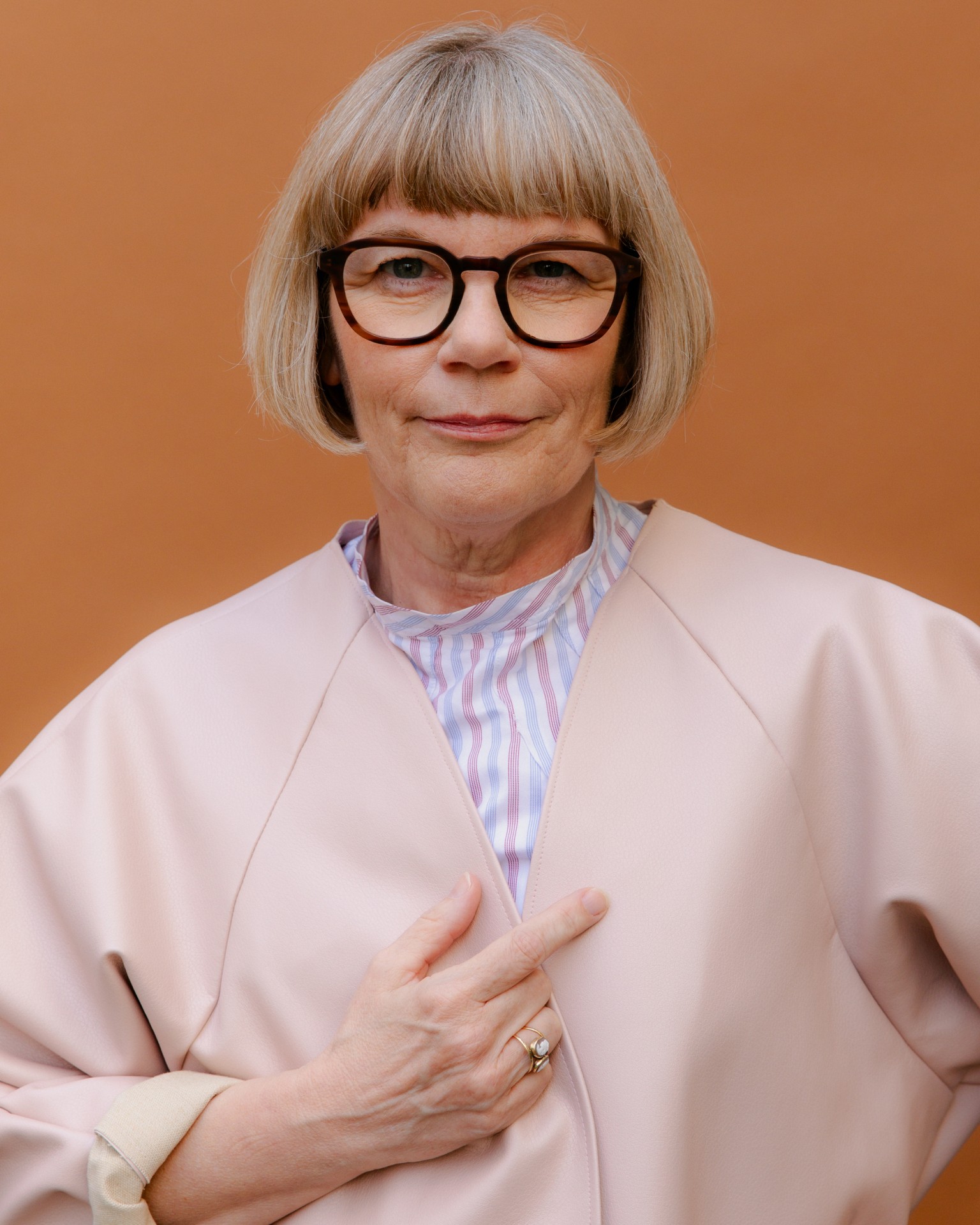Anyone who has ever encountered the fantastic and monumental sculptures by Austrian eccentric Bruno Gironcoli, will be captivated. At least that’s how it was for me. They are both impressive and vexing and hence seductive. They come in gold, bronze or copper offering smooth, gleaming surfaces. “Broaches” is another word used for them by Gironcoli, who began his artistic career by training as a goldsmith. It’s a somewhat puzzling label that is hard to reconcile with their immense dimensions.
Having sprung from a theater of the absurd or a surreal dreamworld, these enormous objects seem like “prototypes of a new species”. They have also been referred to as “giant toys”, which seems rather fitting. They are alien and yet somehow familiar, with their organic forms and the clichés of an everyday culture that is frequently oriented towards local things: Soon you believe to recognize a wine barrel, an ear of wheat, a vine. Then again Gironcoli presents a strange troop of babies or an imposing ant-like sculpture. The artist once quipped: “The symbolic is the sex of sculpture.” Regardless, the objects remain puzzling and give me as the observer enough space to repeatedly discover new shapes and meanings.
There is not much like it in contemporary art. Nevertheless, if you walk through Vienna as I do these days, you notice elements that are familiar from the works time and again. The gold certainly – imperial Vienna is almost unimaginable without it.

The symbolic is the sex of sculpture.

It gleams everywhere in the state rooms, the baroque churches, the Stadtbahn (Metropolitan Railway) designed by Otto Wagner, the golden Art Nouveau cupola of the Secession building. Gironcoli also makes use of the kind of flourish otherwise frowned upon in modernism. It’s altogether kitsch – but he’s not afraid of delving into this sort of language. Ever the individualist, Gironcoli is blasphemous in the way he deals with Modernism.
An aesthetics of opulence, which always forms new growths and flourishes
In Austria he is an institution, an artist known by almost everybody. Gironcoli’s aesthetic of immoderation and opulence, which forms forever new proliferations and flourishes, has inspired countless younger artists. Between 1977 and 2004, he was the successor of Fritz Wotruba as Director of the sculpture school at Vienna’s Academy of Fine Arts. He taught Franz West, Hans Schabus and Ugo Rondinone. He won the Austrian State Prize, exhibited at the Biennials of São Paulo and Venice, and has been featured time and again in major exhibitions in Vienna. Despite all of this, he is little known abroad, including Germany.

One of the reasons for this is undoubtedly the sheer size of the works he produced after 1977. His appointment as professor brought Gironcoli more than just spacious premises in the sculpture studio on Vienna’s Prater park. The job ensured he was independent of the art market and thus tucked away in Vienna’s biggest park his works could literally grow to immeasurable proportions. He found it hard to let them go when exhibitions were held. Time and again they were reconstructed, with set pieces reused. If you believe the reports, visitors were forced to climb all over them in order to get a close-up view of their details.
A unique series of prototypes and giant toys
Although they are sculptures, and therefore belong to one of the most material-rich of the artistic disciplines, the works are never static. This impression remains even today, when nobody has worked on them since Gironcoli’s death in 2010. For the exhibition at the Schirn, we sought out this group of works precisely because it is so unique.



As curator, you quickly start to worry when you hear stories about the logistics of such an undertaking. There’s talk of low-loader trucks, of walls having to be demolished to get the works into a museum. This actually happened in Budapest. Comfort can be found in Herberstein near Graz. There, an entire museum has been built to accommodate the enormous works. Somewhere between an animal park and a faraway castle, it leads a somewhat sleepy existence. It’s here that we find Gironcoli’s prototypes, organic machines, giant toys, if you like, before they make their way to Frankfurt in the spring.

